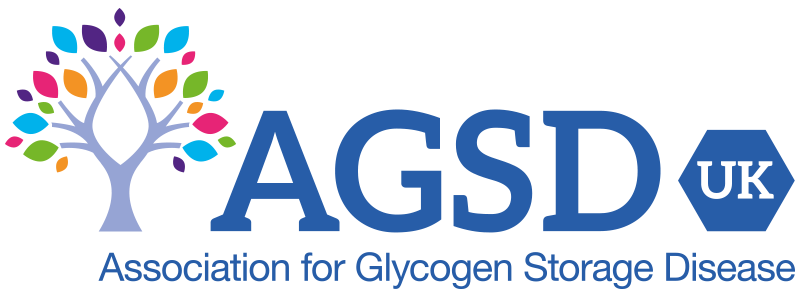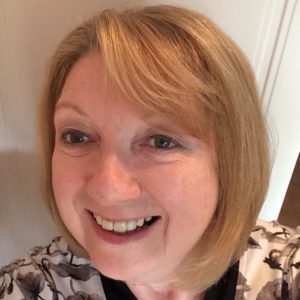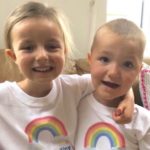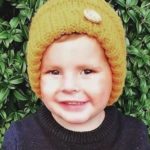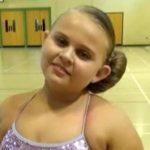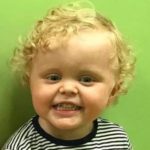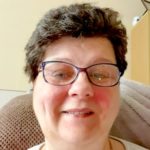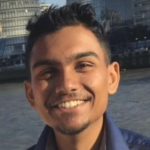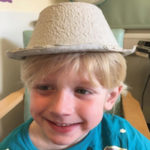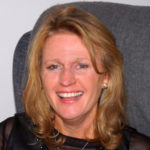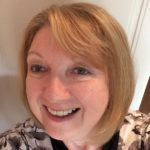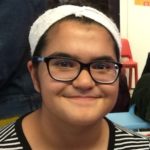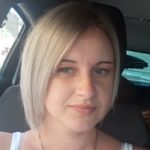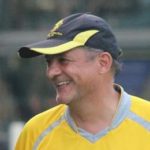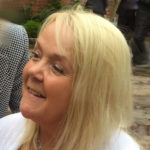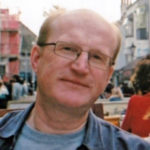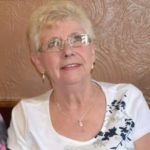For as long as I remember, I’ve had problems running, walking up inclines and climbing stairs/steps. Problems with my arms manifested later, when activities required prolonged use, like racquet sports, drying/styling my hair, cleaning windows, carrying shopping, etc.
The usual “growing pains”
The Doctor told my mum my pains were growing pains. I recall as a child, races with friends running with me in case my legs failed. In Grammar school, most physical education was hell and without a diagnosis, obligatory.
Carried to my cinema seat
Over the years I coped by taking frequent pauses during activities, to let my pulse slow down and the pain subside. Fortunately, friends and family understood. Visiting the cinema with a boyfriend, now my husband, we walked from the car up a long incline, then our seats were upstairs. My legs gave way before I reached my seat and I had to be carried by my boyfriend and an usher. It was a while before my legs were OK again, but I managed to walk out of the cinema at the end of the film. That was a lesson learned.
Near miss for diagnosis
The web made me aware there may be a name for my condition and I started my journey for a diagnosis. In 2007 my GP referred me to neurology at my local hospital, they referred me to The Walton Centre, Liverpool. The consultant carried out a nerve test and suggested a blood test was taken at my local hospital and sent off for genetic testing. I had the blood taken but as I live in Wales and the testing is done in England, funding had to be agreed and it wasn’t. After many phone calls chasing the test I gave up.
A final attempt and diagnosis at 68
Five years later, now a grandmother and aware this was a recessive gene I decided to try again. In early 2015 I watched a lecture on Youtube by Dr Ros Quinlivan of UCLH and contacted her asking for advice on an exercise routine I could follow. She suggested I ask to be referred to her clinic in London. In August 2015 I was again referred to the Walton Centre and finally got confirmation that genetic testing had identified one mutation, they requested referral to Dr. Quinlivan’s clinic. Once again the Wales/England funding issue kicked in but eventually after many phone calls I received an appointment in July 2016. The genetics centre still had the blood sample so testing for the second mutation was requested and it was found. Finally I received a diagnosis at the age of 68.
I then found AGSD-UK and Andrew Wakelin’s publications were very useful. Funding for re-attending the McArdle Clinic was denied, so life has not changed much since diagnosis. I use a treadmill but have had to reduce my use as my right hip and knee are causing problems but think this is due to my age, rather than McArdle’s.
Some siblings probably affected
I have suggested my siblings get tested, but that is their decision. One of my younger sisters definitely has McArdle’s but has not pursued a diagnosis. I advised keeping an eye on her grandchildren for any signs as going through schooldays with the condition undiagnosed can be very difficult.
I feel that if you respect the condition, life can be just as enjoyable as anyone’s.
